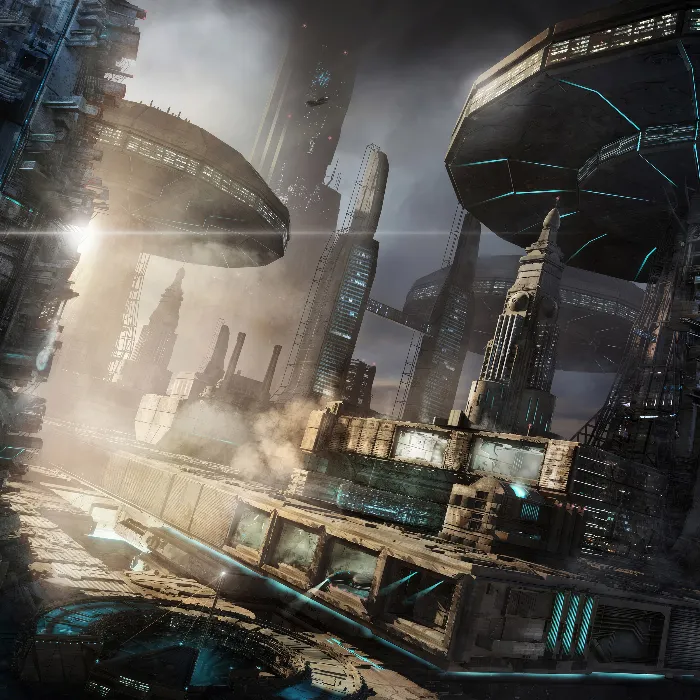With a clear concept in mind and the right tools in hand, an impressive city scene can be created in Cinema 4D. The starting point for any great city is the central base, which forms the foundation for all other elements. We lay this foundation by setting up a platform and a suitable camera. Here you will receive a precise step-by-step guide to efficiently design your central base.
Key Insights
- The central base is the cornerstone for your scene.
- A suitable camera is crucial for perspective.
- It is important to adjust the focal length and tilt of the camera.
Step-by-Step Guide
To start modeling the central base, you first need to set up your workspace. Launch Cinema 4D and familiarize yourself with it.
Step 1: Creating the Platform
Begin with a simple cube as the starting element for your platform. Select the cube and set the size values to 200 cm x 10 cm x 200 cm. This creates a flat platform that is well suited for your city scene.

Step 2: Setting Up the Camera
After you have created the platform, the next step is to add a camera. Click on the camera icon and select the standard camera. This camera has a focal length of 36 mm at the beginning, which is not enough for a comprehensive view.
Step 3: Adjusting the Focal Length
Change the focal length of the camera to 20 mm to achieve a wider view of the scene. You'll notice that this captures the entire space better and creates a more realistic perspective.
Step 4: Setting the Camera Tilt
To generate an engaging and dynamic image, you should tilt the camera by 12 degrees. You can do this in the camera settings. Experiment with the values to achieve the desired look.
Step 5: Establishing the Camera Position
Position the camera so that it stands close to the platform. A low camera viewpoint creates a more impressive view of the scenery. You can adjust the position at any time according to your preferences. Screenshot_camera_position
Step 6: Aligning the Lines
Make sure the elements in your view are aligned parallel to one another. This will ensure a harmonious overall picture in the final scene. Ensure that the tilted horizon stands out well. Screenshot_alignment
Step 7: Adding a Protection Tag for the Camera
To prevent unwanted changes to the camera, add a protection tag. This will keep the camera in the desired position from a certain point onward while you work on other elements in the scene. Screenshot_protect_tag
Step 8: Turning Off the Camera and Moving Freely
To work on your scene while securing the camera position, you can temporarily disable the protection tag. This allows you to navigate around the scene and make changes without losing the camera position. Screenshot_toggle_protect_tag
Summary
Creating a central base in Cinema 4D is a fundamental skill that helps you create captivating city scenes. Start with a platform, add a camera, increase the focal length, tilt the camera as needed, and place it strategically to capture the best perspectives. With the right settings, you establish the ideal foundation for your digital city.
Frequently Asked Questions
How do I set the size of the cube in Cinema 4D?Select the cube and set the size in the attribute manager to the desired values.
How do I change the focal length of the camera?Navigate to the camera settings and adjust the focal length as needed.
Why is the tilt of the camera important?A tilt provides dynamic perspectives and can significantly enhance the overall picture of your scene.
Can I change the camera position later?Yes, you can adjust the camera position at any time, but remember to reactivate the protection tag after making changes.
What is a protection tag and what does it do?A protection tag prevents the camera from being moved unintentionally and secures the position for future work on the scene.


